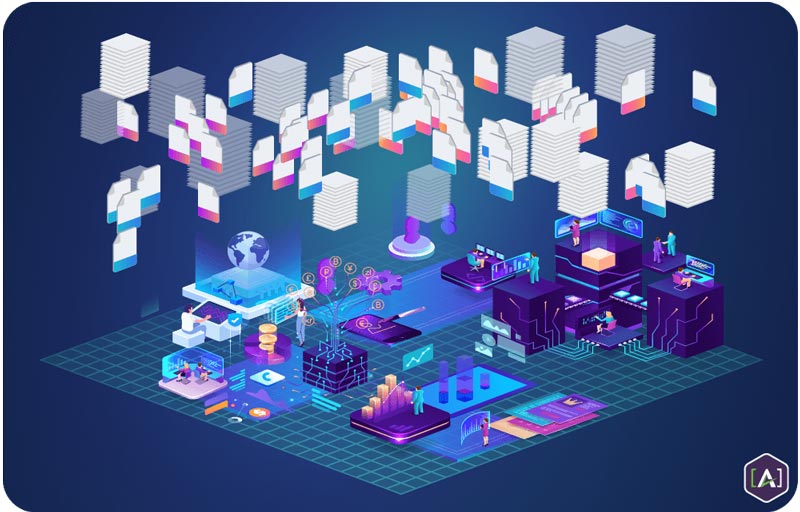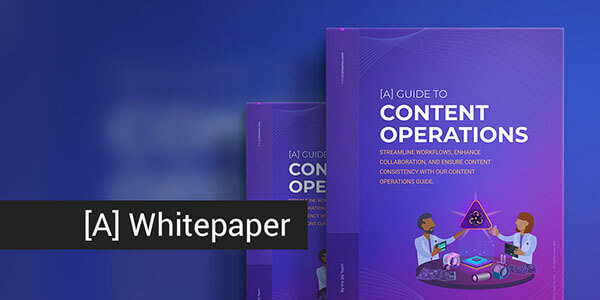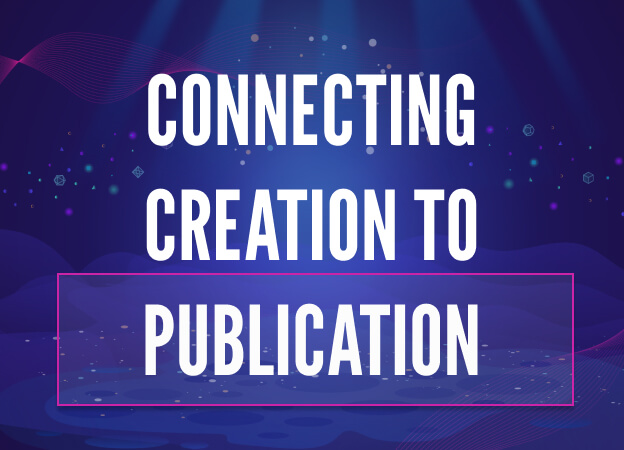A variety of circumstances can impel you to migrate content from one CMS or platform to another. Mergers and acquisitions, the current platform becoming stale, and changing needs for dynamic content are just a few of the forces that can start you on the path to migration.
While there are a number of fairly standard, basic steps to follow in a migration process, it is important not to overlook the opportunity to enrich your content and make it more intelligent. In order to achieve intelligent customer experiences (ICX), you need structured content with appropriate metadata to make it easily consumable by machines as well as humans.
Don’t just “lift” … “shift”
When approaching content migration, our instincts are often based on outdated circumstances and methods. The content landscape has radically changed over the past few years. Thus, it is shortsighted not to enrich our content, making it more intelligent, as we accomplish the migration process.

- Due to new customer dynamics, we have moved into Content 4.0, “Dynamic Production”: Content from across an organization is dynamically assembled in context, requiring increasingly complex graph-based models.
- We have a compelling need to deliver Intelligent Customer Experiences (ICX): uniquely-assembled interactions between an organization and a customer, in which the content responds to the customer’s individual context. ICX runs across channels, contexts, templates, systems, and modes.
- Intelligent Customer Experiences enable you to deliver meaningful and useful content across channels, reducing manual publishing effort and transaction friction for consumers.
- Structured content is the raw material for personalization. When automatically assembled, real-time personalization facilitates Intelligent Customer Experiences
A simple process with many benefits
Here are the recommended steps for effective content migration, as well as the opportunities to enrich content and make it more effective. Main components of migration include:
- Content Discovery & Analysis
- Recommendation for Content Type Definitions (structured content)
- Recommendation for Information Architecture
- The above are used as guides/requirements for development
- Content is built for high reusability throughout the system
- Migration of content using automated features
When one simply looks at the statistics of how many words or assets need to be moved to a new content management system, the prospect of content migration may seem intimidating. However, there are many opportunities to make your content assets more findable and valuable with sensible steps that can be performed during the migration.
Yes, there is work involved. But as this article reveals, the effort is well worth it.
Don’t miss a lost opportunity
Whatever the cause or reason, there are a number of pitfalls to avoid. But, there is also a golden opportunity to enrich your content with intelligence and metadata during the migration and transformation process.
Working with structure, semantics and metadata, our [A] team is able to substantially enrich your content in meaningful ways. In order for this to be effective, analysis of your existing content methods must help establish an overall goal.

[A] architects and builds multiple-stage content supply chains. In each case, content has to get from place to place. For example, it might be authored in point A and point B then need to go into point C for localization then to point D for storage and delivery to many endpoints. These movements all involve “node-based content transformations” – changing the shape and format of the content to perform certain actions on it before it moves again.
So, over time [A] has built tools and processes that streamline content migrations and transformations -- not just for one time, but as part of the daily workflow of content operations. For example, automating and enhancing 20-60% of subject matter expert’s time and attention fosters better quality of work while also allowing for the insertion of key content transformation systems.
As we create roadmaps with clients, [A] analyzes content sets and schemas. There’s an amazing number of opportunities to mature content sets during migration projects. And that opportunity should not be wasted. If you are stuck in place, reach out to [A] today and take the first step to a smarter way of working with content.
Of course, usually migration has to happen in accordance with strict timelines and budgets. So, we scale the ambition for transformation and enrichment to the constraints.
Diving deep?
Read the [A] Guide to Content Migration: your doorway to Content Transformation whitepaper, which goes more in depth about this topic. The paper covers many relevant issues, including:
- Main components involved with migration
- New system requirements and automation
- Preparing for system selection
- A micro case study
- Further references



